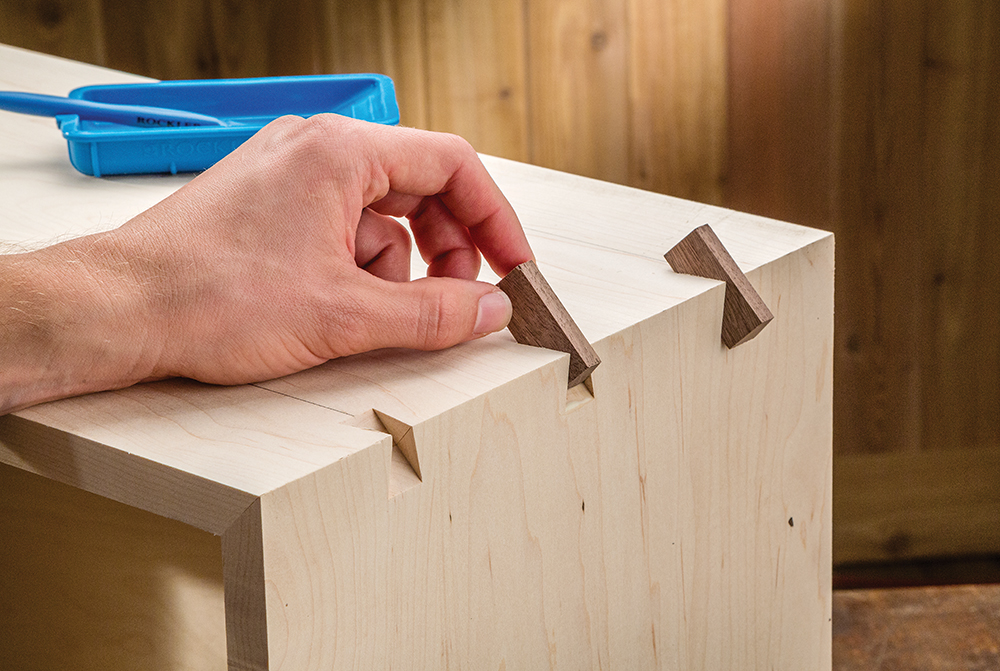Am making a small box, 6 1/2 by 81/2 and 2 1/2" tall.
I would like to miter the corners, put 2-3 ebony splines in.
Is this thick enough, or is a butt joint the way to go?
There are other embellishments, so want a plain of joinery as possible, to not detract.
As you can see, it is roughly QS roughly 7/16" finished thickness.
Observe....not sure what kinda wood this is:
DSCN0565.JPG
Box will hold pencils, etc no real stress (famous last words)
As always-many thanks




 Reply With Quote
Reply With Quote










